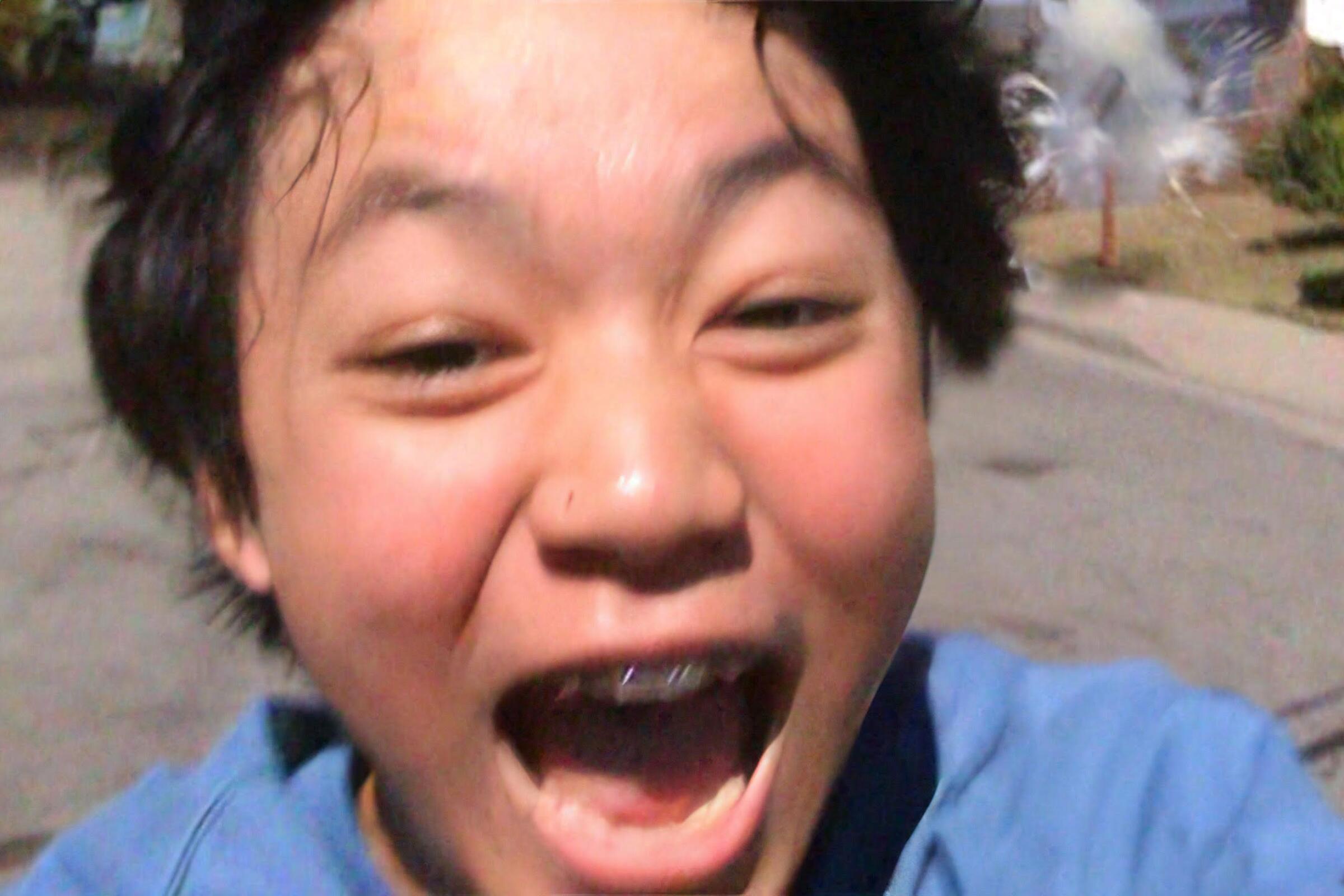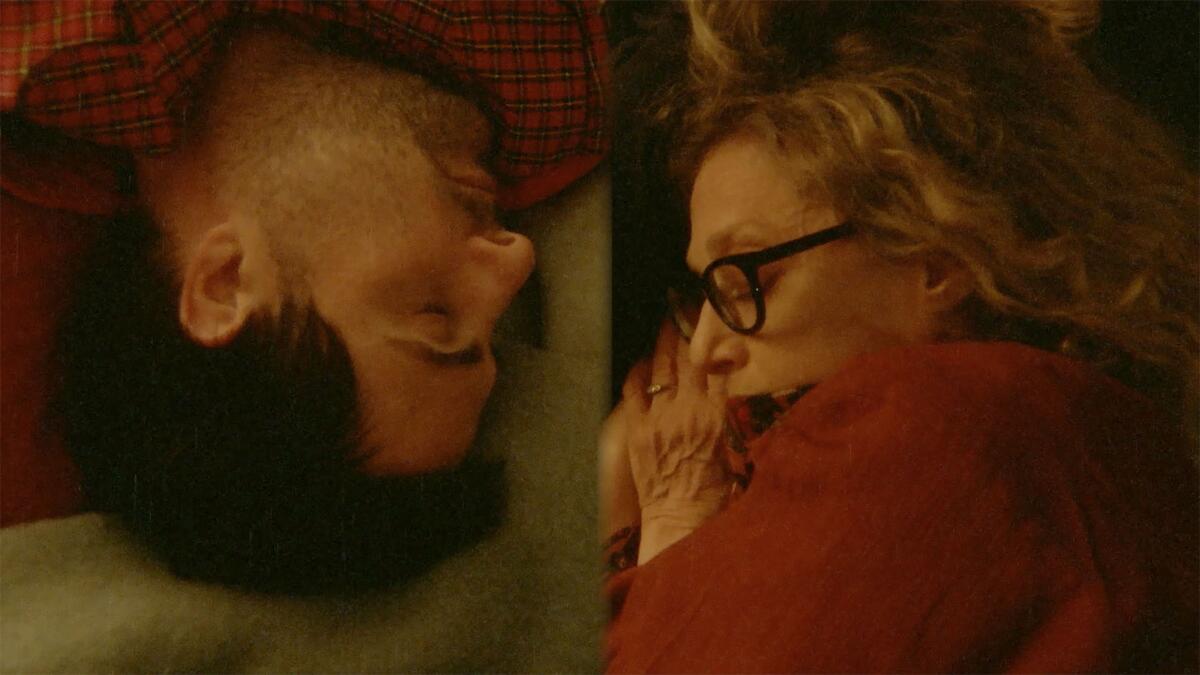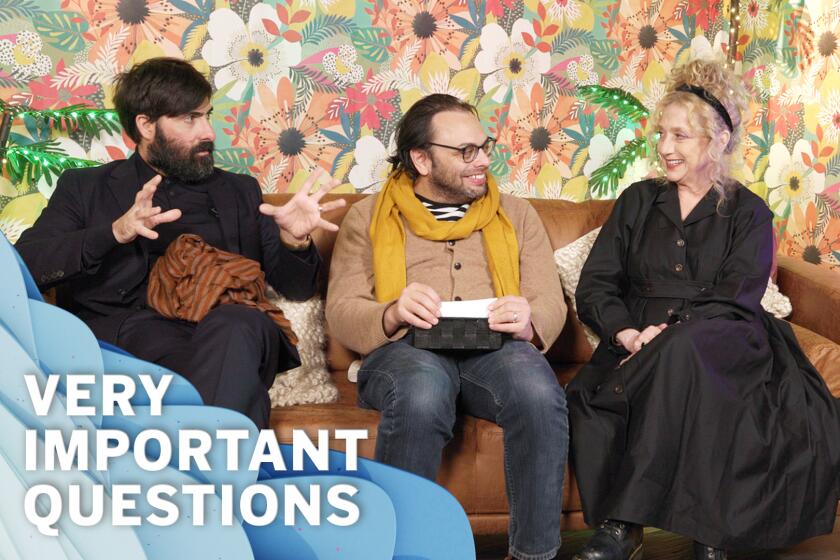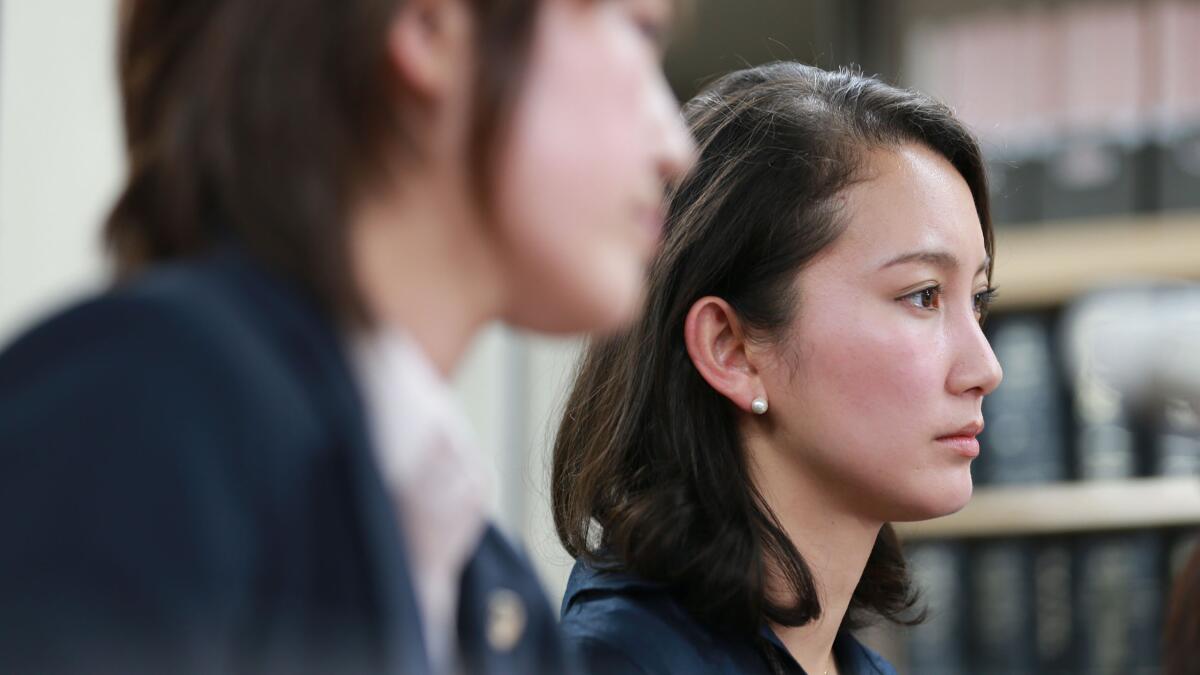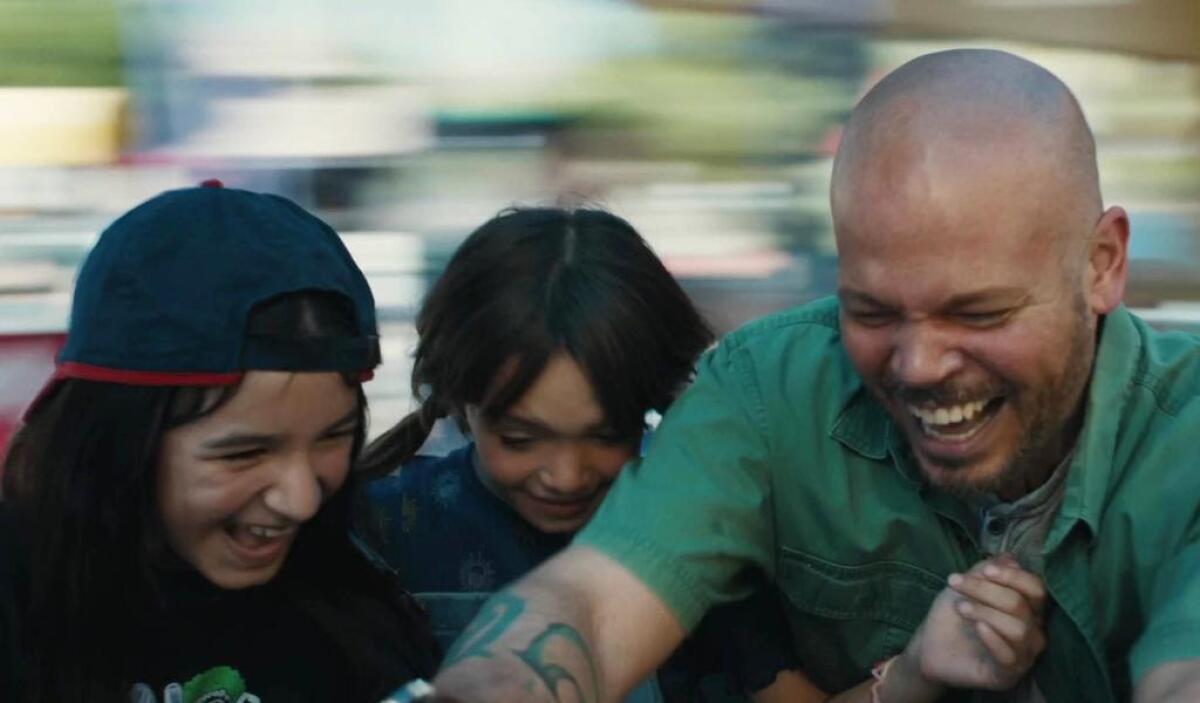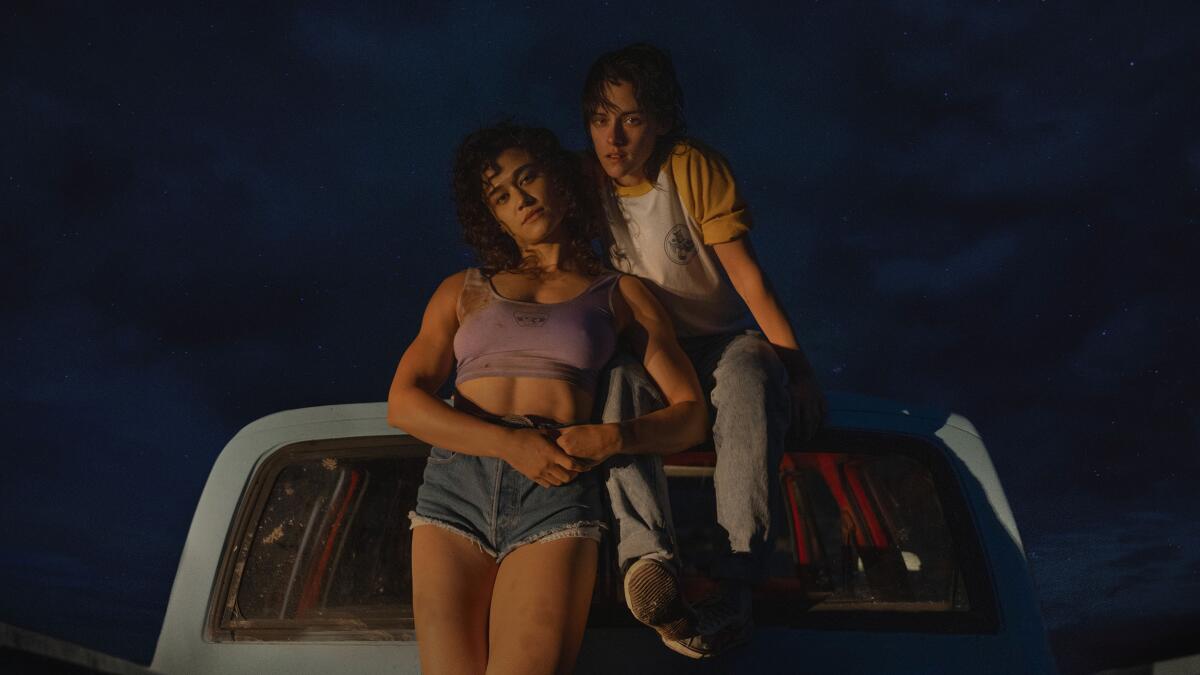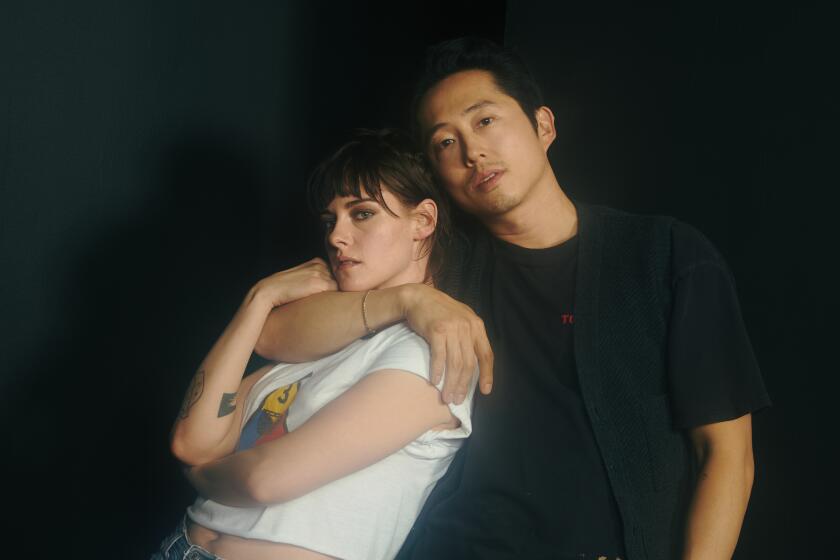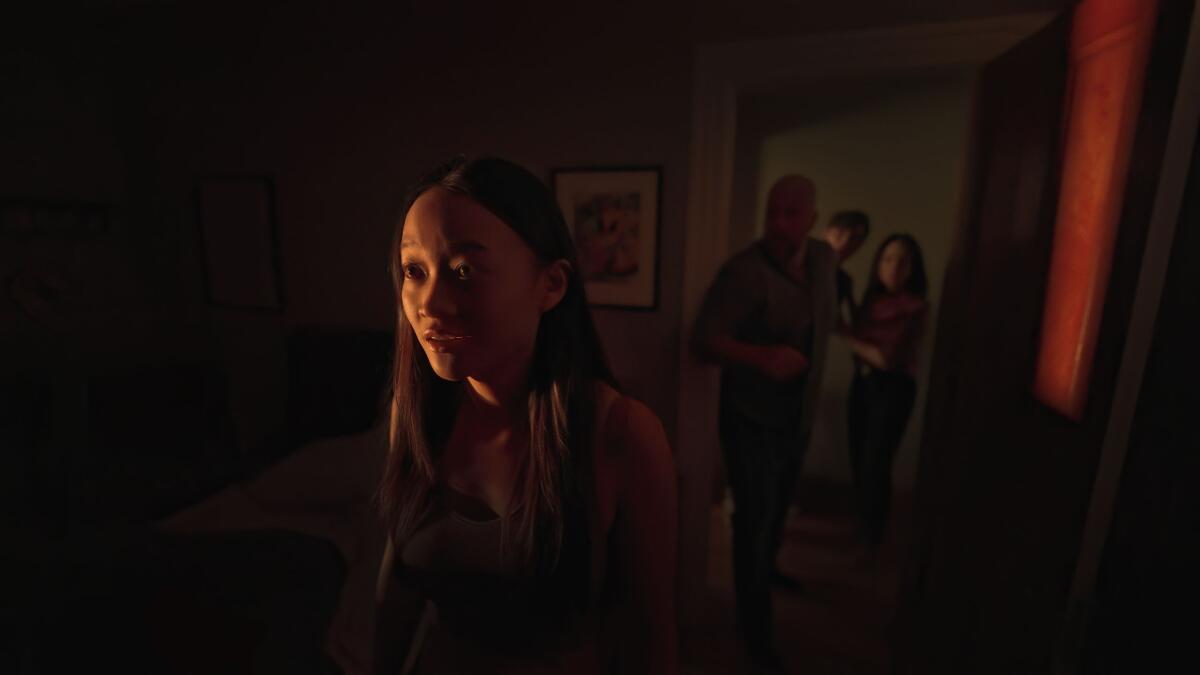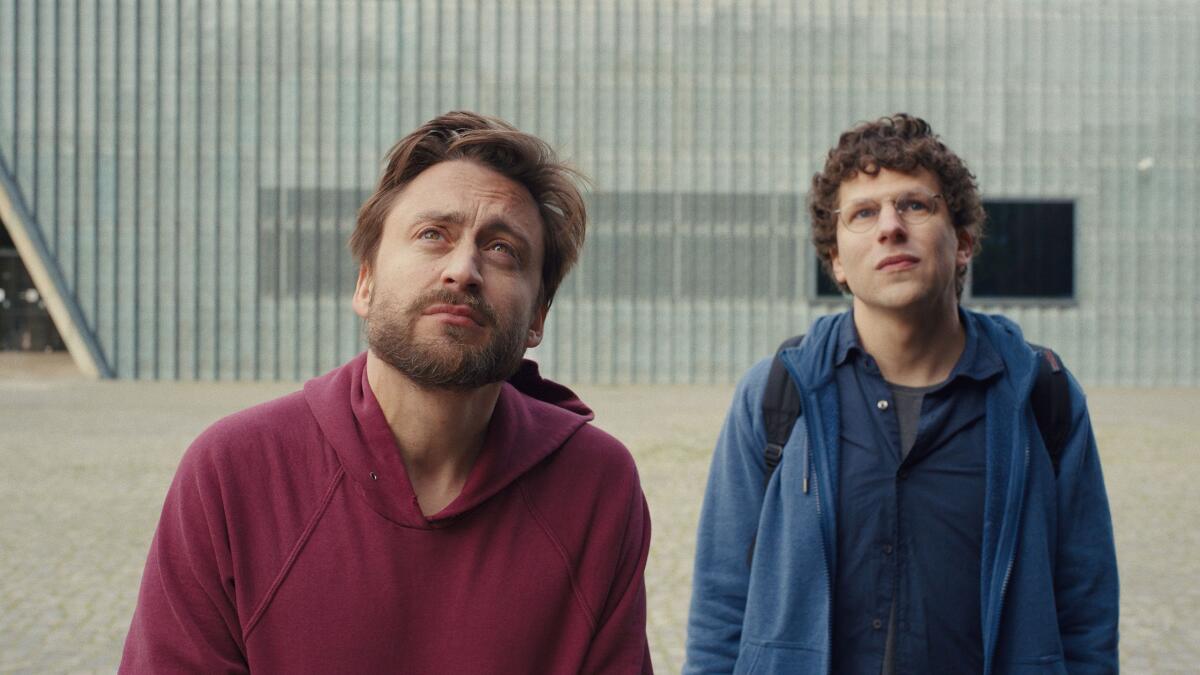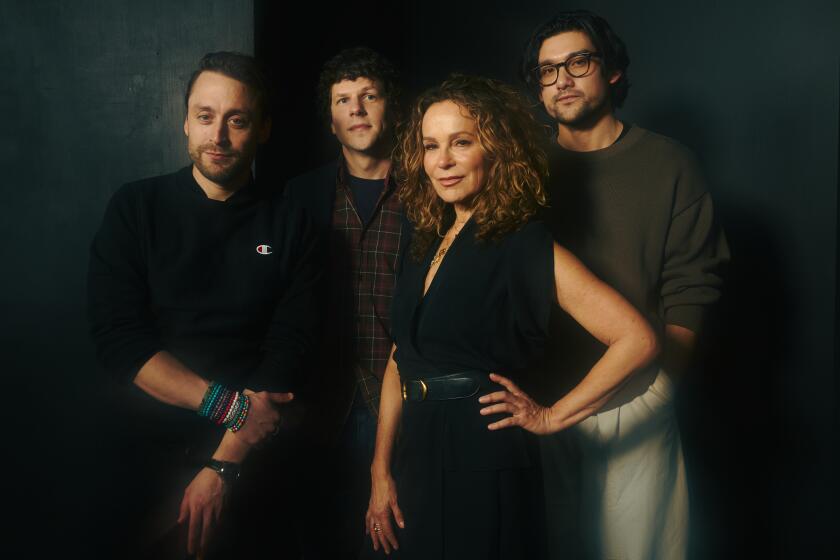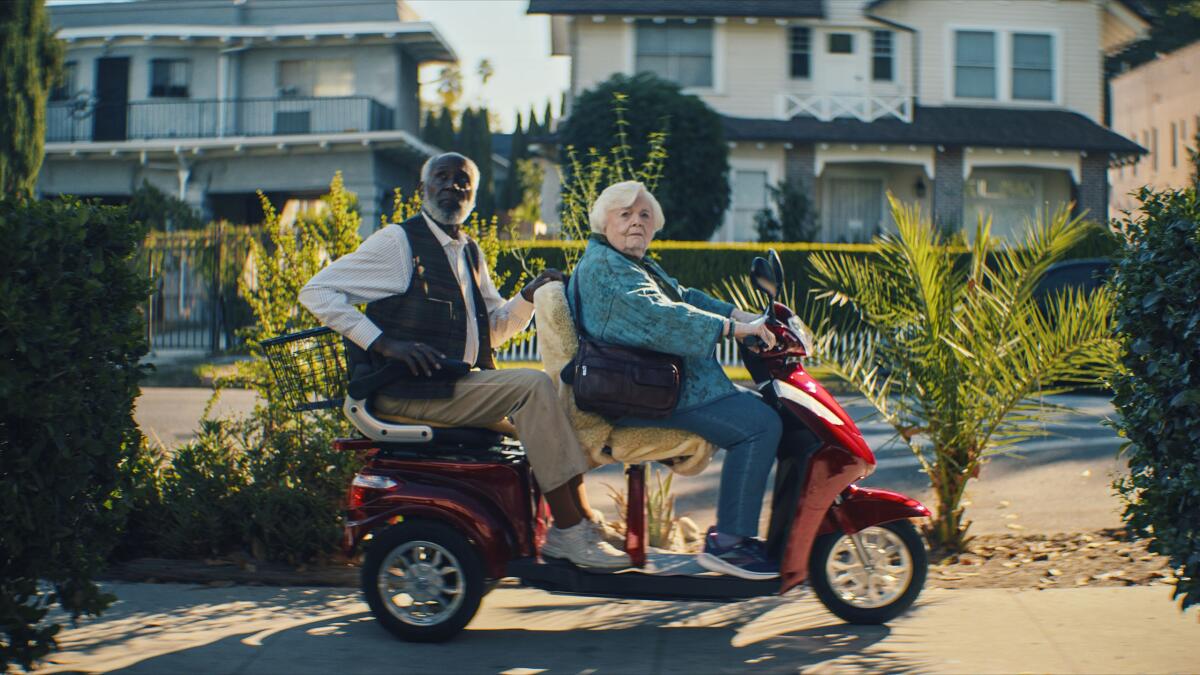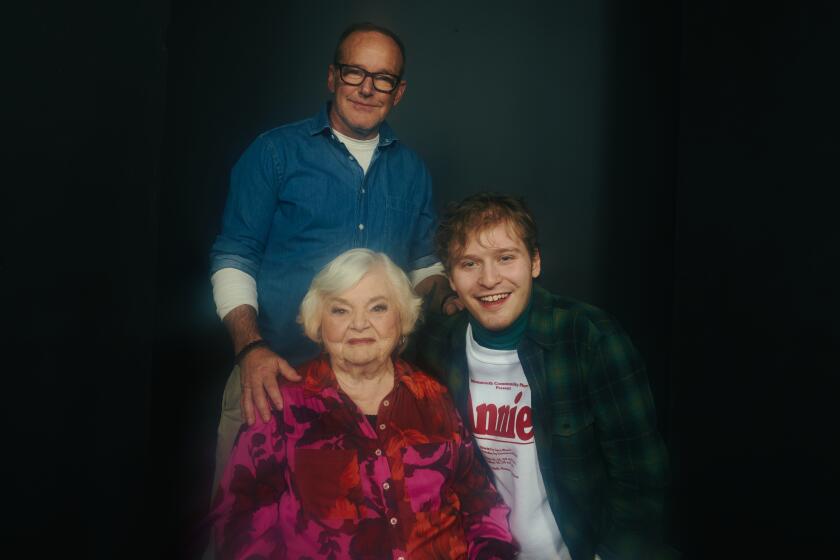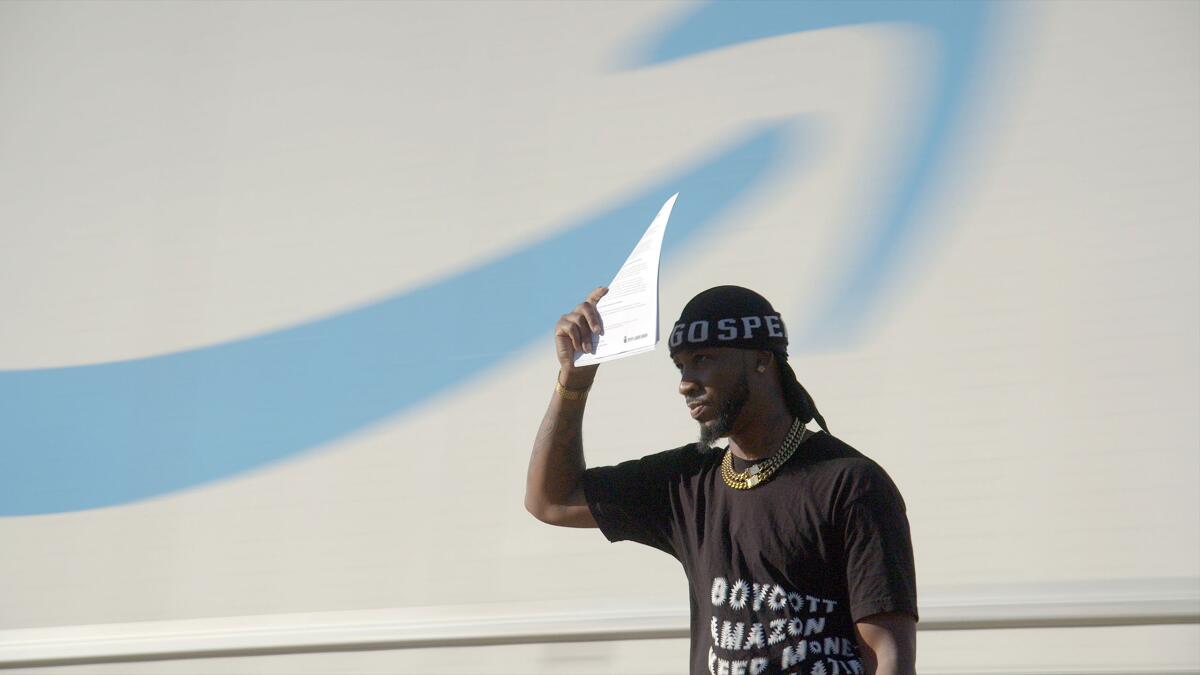Only good movies
Get the Indie Focus newsletter, Mark Olsen's weekly guide to the world of cinema.
You may occasionally receive promotional content from the Los Angeles Times.
Matt Brennan is editor in chief of The Envelope, the Los Angeles Times’ awards magazine. Born in the Boston area, educated at USC and an adoptive New Orleanian for nearly 10 years, he returned to Los Angeles in 2019 as the newsroom’s television editor. He has also served as senior editor and deputy editor for Entertainment and Arts.
Follow Us
Justin Chang was a film critic for the Los Angeles Times from 2016 to 2024. He won the 2024 Pulitzer Prize in criticism for work published in 2023. Chang is the author of the book “FilmCraft: Editing” and serves as chair of the National Society of Film Critics and secretary of the Los Angeles Film Critics Assn.
Mark Olsen writes about all kinds of movies for the Los Angeles Times as both a feature writer and reviewer.
Joshua Rothkopf is film editor of the Los Angeles Times. He most recently served as senior movies editor at Entertainment Weekly. Before then, Rothkopf spent 16 years at Time Out New York, where he was film editor and senior film critic. His writing has appeared in the New York Times, Sight and Sound, Empire, Rolling Stone and In These Times, where he was chief film critic from 1999 to 2003.
